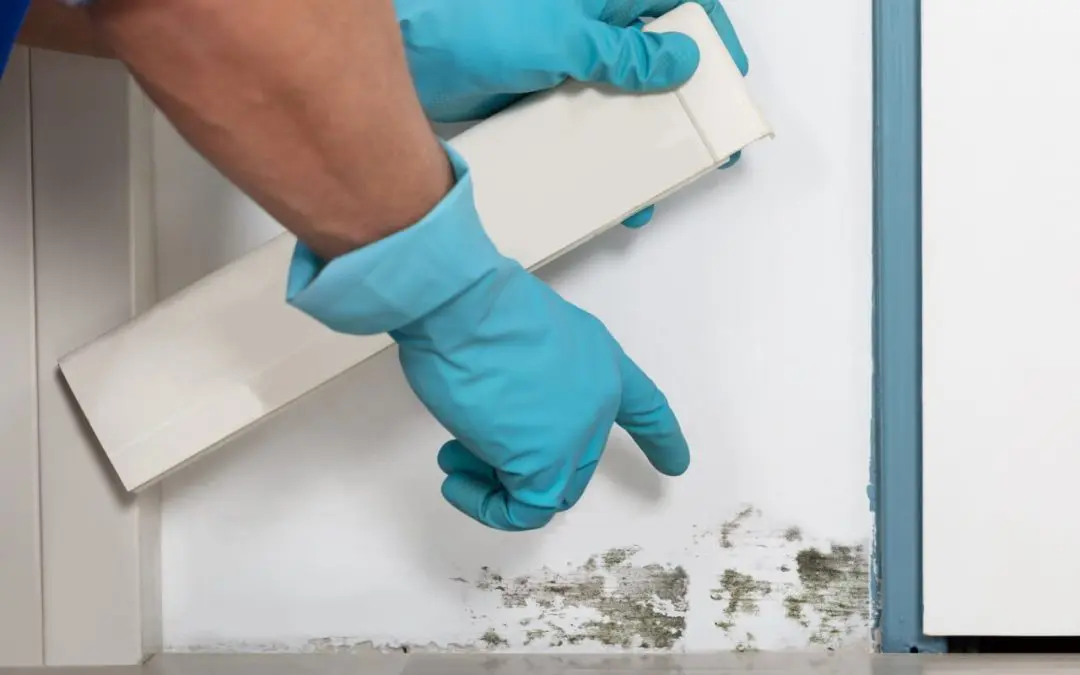Mold presents more than a visual concern. It can pose serious risks to both your home and your health. Common in damp, concealed areas, mold often remains unnoticed until it causes musty odors, allergic reactions, or structural deterioration. It is essential to take proactive measures to control mold growth and prevent its recurrence. Addressing mold growth early helps protect your property and ensures a safer, healthier living environment.
Mold spores are virtually everywhere, but they only become an issue when they find the right environment: moisture, warmth, and poor ventilation. Once mold starts to grow, it will spread quickly. With the right habits and maintenance routines, you can prevent mold growth and maintain a healthier, safer living space.
Identify Common Areas of Mold Growth in the Home
To effectively get rid of mold growth, you first need to know where it tends to grow. Bathrooms, basements, kitchens, and laundry areas are prime targets. These spaces naturally retain more moisture from showers, cooking, or damp air. Without proper airflow, humidity levels creep up, creating ideal conditions for mold to develop on walls, ceilings, behind appliances, or inside cabinets.
Another overlooked spot is around windows, especially if there’s condensation. Even your HVAC system can be a hiding place if it’s not regularly cleaned. Checking these areas periodically and staying ahead of moisture problems is key to mold prevention.
Moisture Management Is Essential for Mold Growth Control
Mold can’t grow without moisture. That’s why one of the most effective ways to control mold growth is to manage moisture throughout your home. Fix any plumbing leaks quickly, whether a dripping faucet, a running toilet, or a pipe under the sink. Even small leaks can create big problems if left unchecked.
Humidity control is also critical. Ideally, indoor humidity should stay between 30% and 50%. Dehumidifiers should be used in damp areas like basements and ventilated spaces where moisture is regularly produced. Exhaust fans should run during and after use in bathrooms and kitchens to remove steam and humidity.
Ventilation Plays a Big Role in Prevention
Good airflow discourages mold growth by keeping surfaces dry and circulating fresh air throughout your home. Open windows when weather permits, and don’t block air vents with furniture or clutter. Ensure your HVAC system is in good working condition and that filters are regularly replaced.
Closets and storage areas are often forgotten, but they can easily trap stale air and moisture. Occasionally, leave doors open and tidy these areas to allow airflow. Even something as simple as rearranging furniture will make a difference if it’s blocking vents or causing stagnant air.
Act Quickly to Prevent Mold Growth After Water Damage
Prompt action is essential if your home experiences water intrusion, whether from a roof leak, flooding, or an overflowing tub. Mold growth can begin within 24 to 48 hours of water exposure, so drying the area immediately is crucial. Remove soaked materials, run fans and dehumidifiers, and clean hard surfaces with mold-killing solutions.
If you have severe water damage, professional restoration may be necessary to remove moisture hidden in walls or floors fully. Mold left behind will cause hidden damage and become a long-term issue if not addressed properly.
Maintain Your Home
Controlling mold growth is an ongoing effort tied closely to home maintenance. Clean your home regularly, especially in damp or dusty areas. Look for stains, peeling paint, or strange odors that could signal hidden mold.
Seasonal maintenance tasks like cleaning gutters, inspecting roofing, and checking for foundation cracks will also help prevent water from getting inside. A well-maintained home is your best defense against mold problems.
Mold growth is a serious issue, but it doesn’t have to take over your home. Staying aware, managing moisture, and maintaining proper ventilation will stop mold before it starts. A proactive approach protects your property and ensures a safer, healthier living space for you and your family.
FAQs
What are the first signs of mold growth in a home?
Common signs include a musty odor, visible spots on walls or ceilings, peeling paint, or allergic symptoms like sneezing and eye irritation. Early detection makes it easier to address.
Can mold growth affect my health?
Yes. Mold can trigger allergic reactions, worsen asthma symptoms, and cause respiratory issues—especially in children, the elderly, or those with weakened immune systems.
Is bleach effective at killing mold?
Bleach will kill surface mold on non-porous materials, but it may not penetrate deeper areas. For porous materials or widespread mold, specialized cleaners or professional help are recommended.
Professional Inspection Network provides home inspections in Southern California. Contact us to request our services.

